A MAJOR attraction of the town of Órgiva – the ‘capital’ of the Alpujarra of Granada – is its Thursday market. Attracting visitors from surrounding towns and villages, it‘s a bustling event. Unless there’s an official fiesta or inclement weather, it takes place weekly in the central municipal carpark, accompanied by a popular artisan market held in the nearby plaza.
Combining socialising with shopping, the weekly event really is a true highlight of Órgiva. A magnet for hundreds of people, it attracts everyone from established vendors to traditional Spanish ladies with their wheely shopping bags, alternative scene people (we don’t really want to say “hippies”!), and the odd musician brandishing a guitar or drum.
Home of the bargain, the market is the ideal place to buy cheap fruit and vegetables, clothes, shoes, socks, knickers, fabric, homewares and even a roast chicken. After browsing the goods, many people hang out in the nearby bars – including Baraka (top-rated Sufi Muslim restaurant with delicious food), Willendorf and the plaza bar.
A long and significant history
Órgiva’s Thursday market has a long history. Its origins can be traced back centuries – most likely to the Moorish period, when the region was under Islamic rule. Markets played a crucial role in medieval society, serving as hubs of trade, commerce, and social interaction. They provided a venue to buy and sell goods, exchange news, and connect with people from neighbouring villages. In some respects, not much has changed since medieval days!
Over time, the Órgiva market became a focal point for the surrounding communities, attracting merchants, farmers, and artisans from throughout the Alpujarra. It offered various items – including fresh produce, handmade crafts, textiles, livestock, and household goods. Today, the range is similar – although with more plastic and no livestock (unless we count the cooked chickens!).
The significance of Órgiva market endured through history, including the Christian ‘reconquista’ of Spain. It remained an essential part of life for the inhabitants of Órgiva and the surrounding villages. It also continued during the ‘posguerra’ period of the 1950s and 60s, under Franco’s regime, on what is now called Calle Libertad, but was previously named after the ‘generalissimo’.
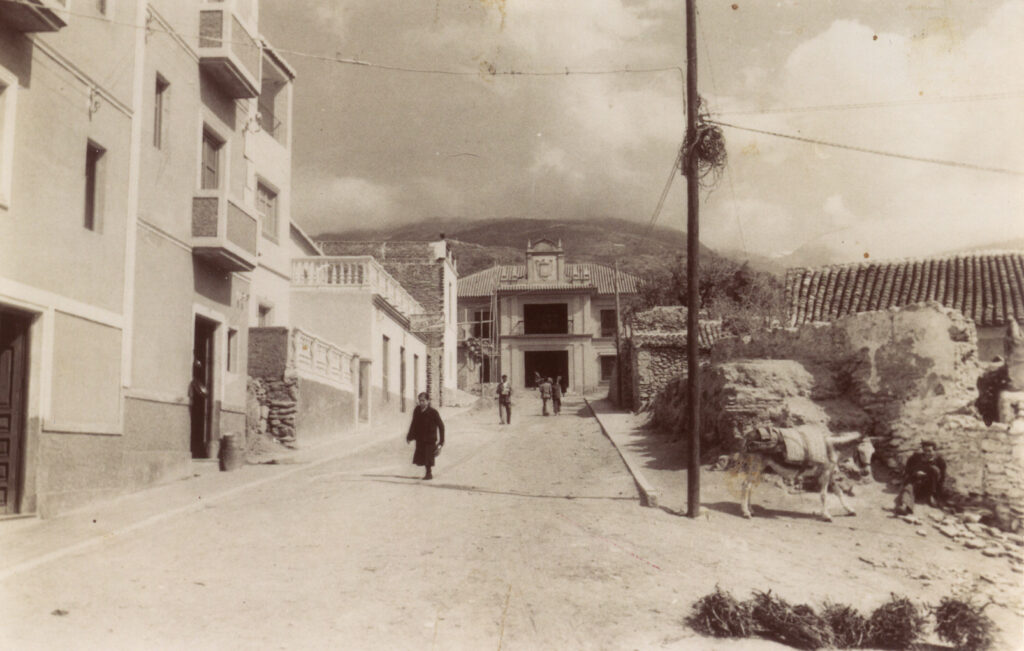
Moving with the times
In more recent decades, the market has changed locations several times over. From its strategic location on ‘cuatro esquinas’ (the four corners) at Calle Libertad, it later moved to the Casillas Nuevas area of Órgiva, which was subsequently developed. In the 1990s, it was briefly held on the current ‘polideportivo’ (sports ground), where some shoppers reportedly disliked carrying their purchases uphill to the town afterwards. It is now located in the central carpark near the plaza, which some people think constrains both its physical size and parking opportunities (you can’t win ’em all…).
The artisan market in the plaza started after the Covid lockdown and attracts vendors of all nationalities, selling everything from leather goods, jewellery and clothes to crystals, Buddhas, and tarot readings. It is a truly diverse ‘melting pot’ and well worth a visit – especially if you need to buy someone a special gift.

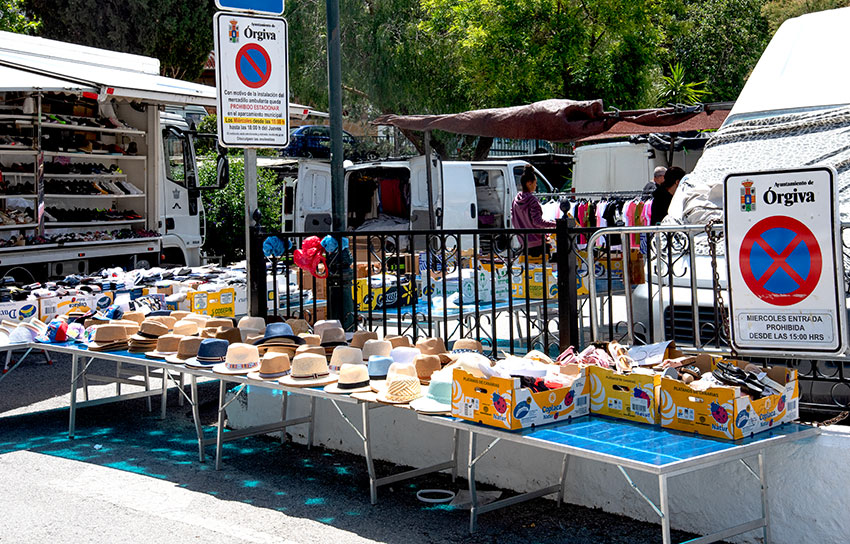
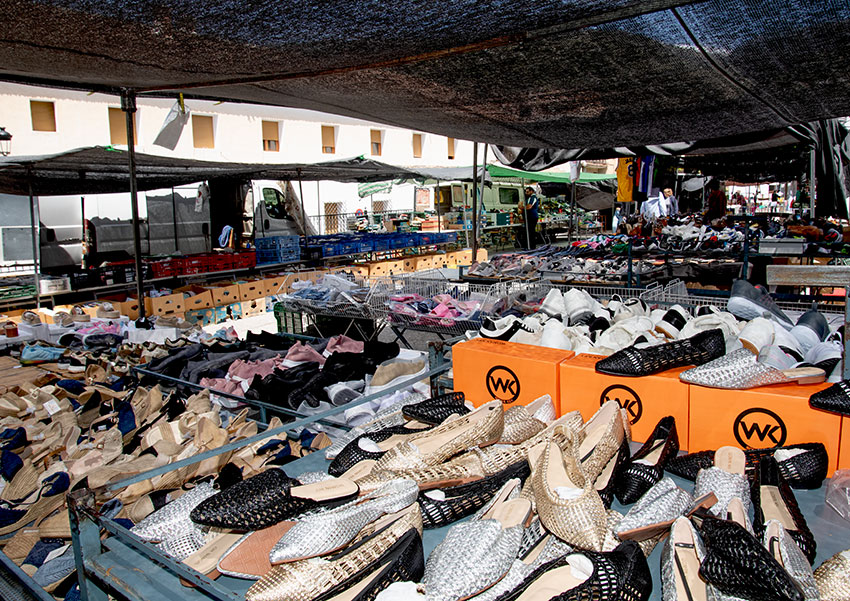

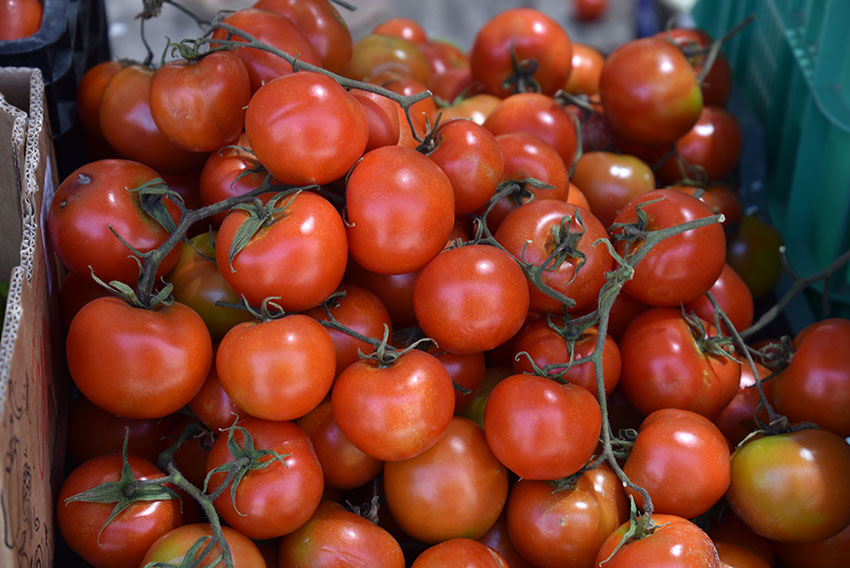
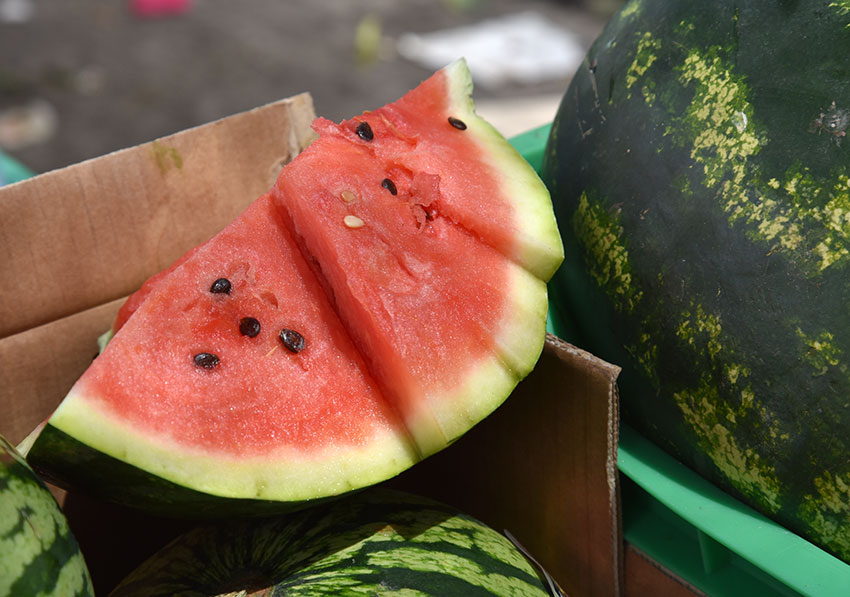
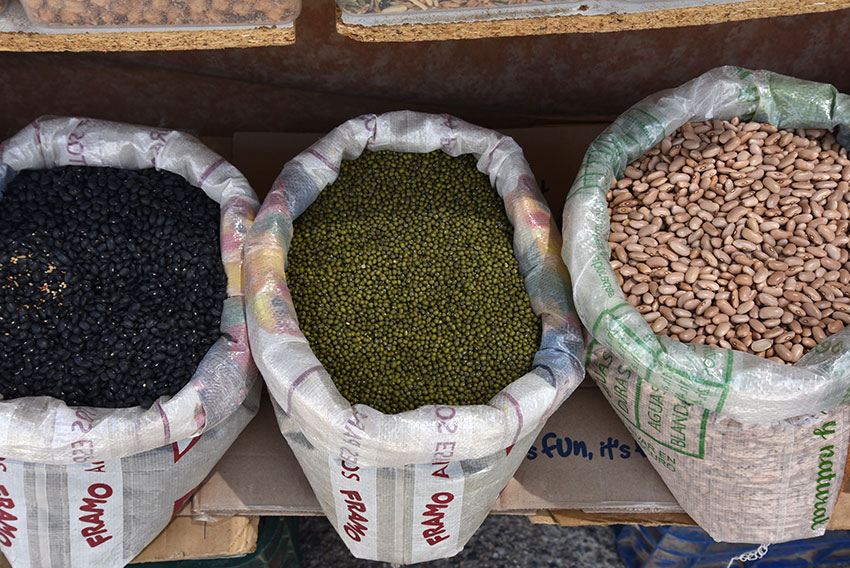
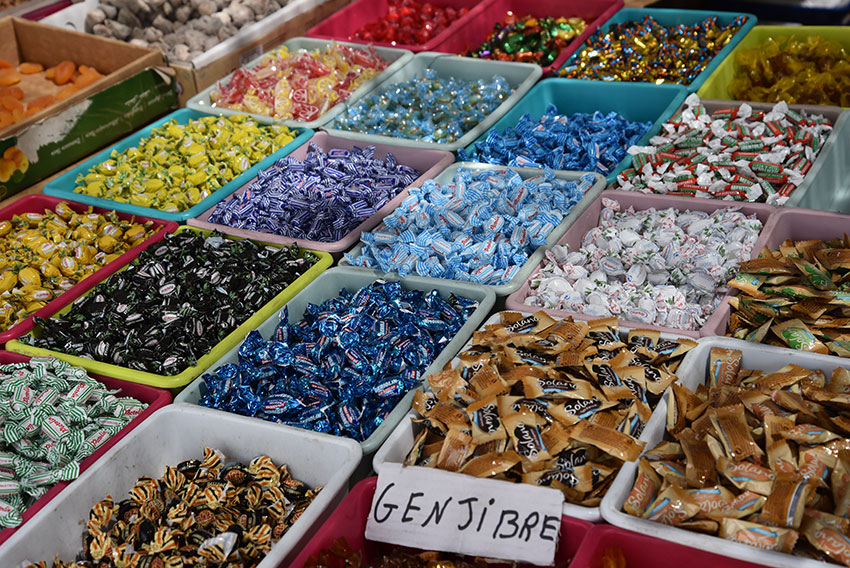


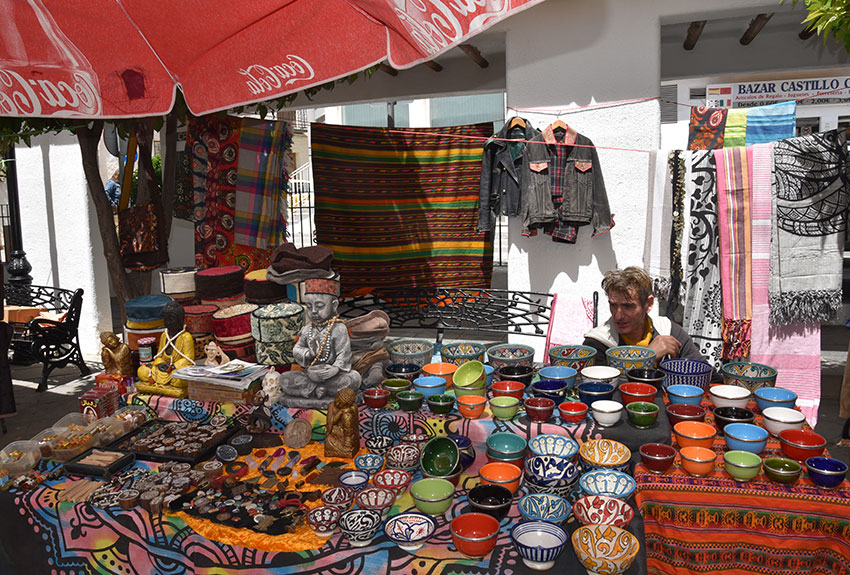

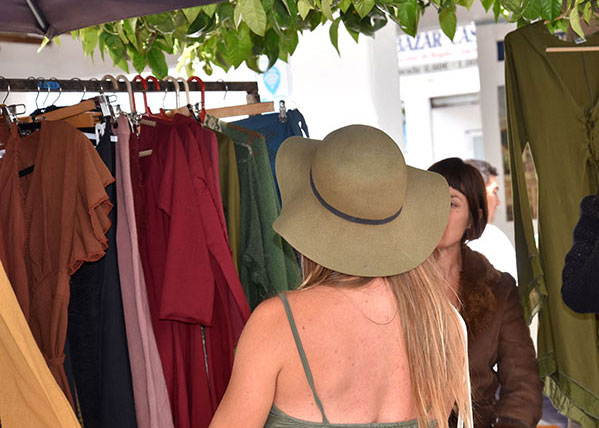
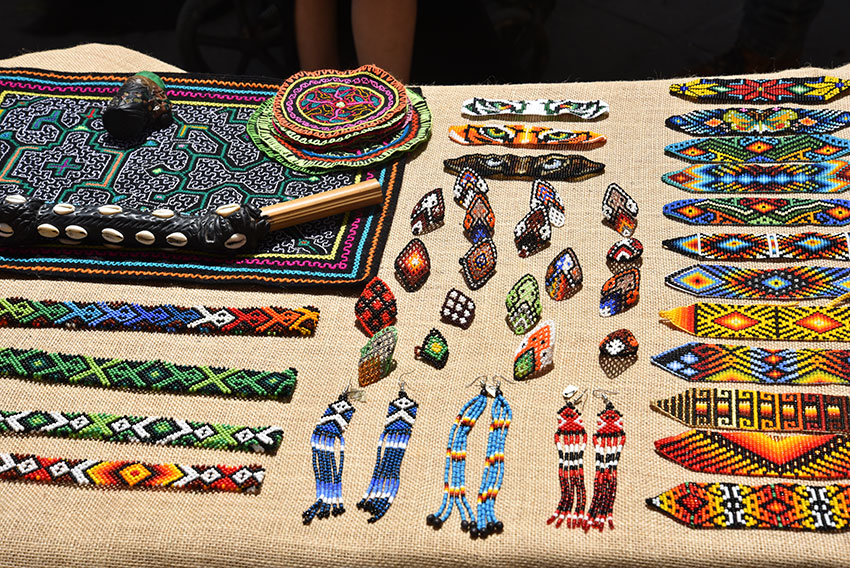
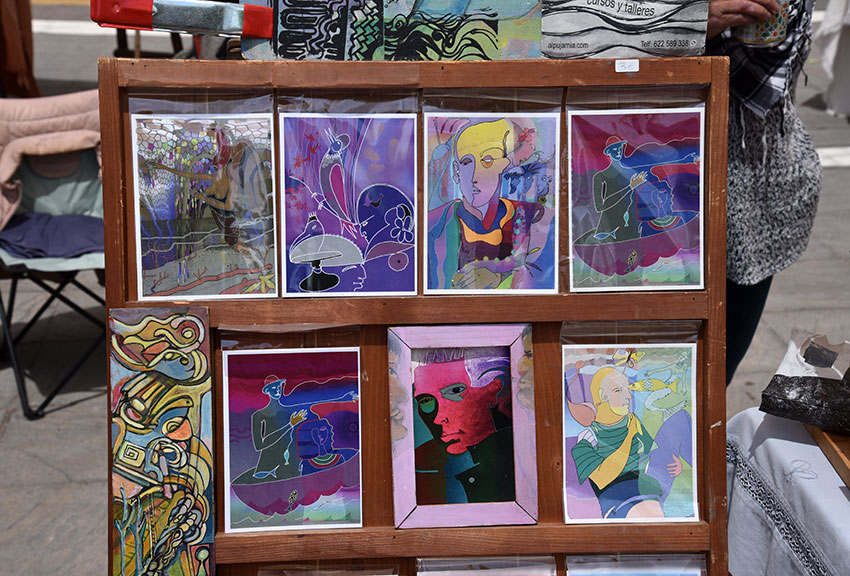

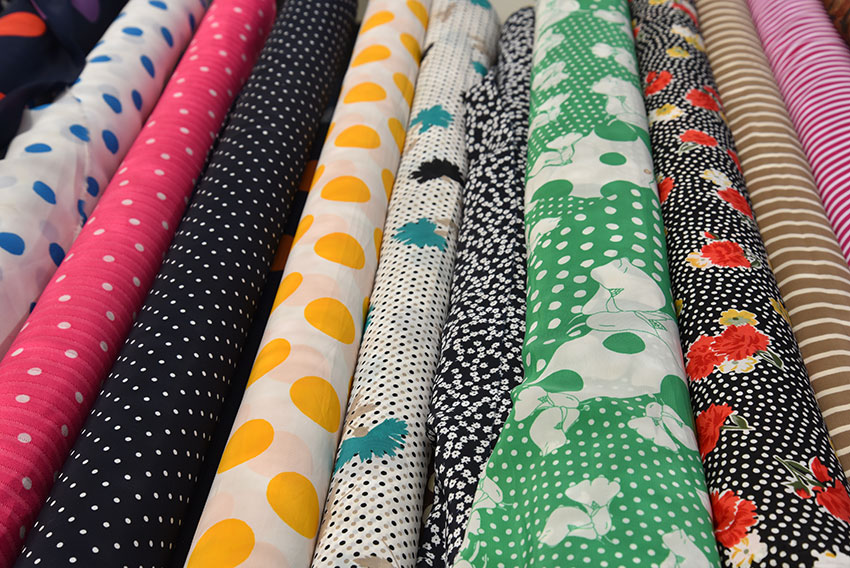
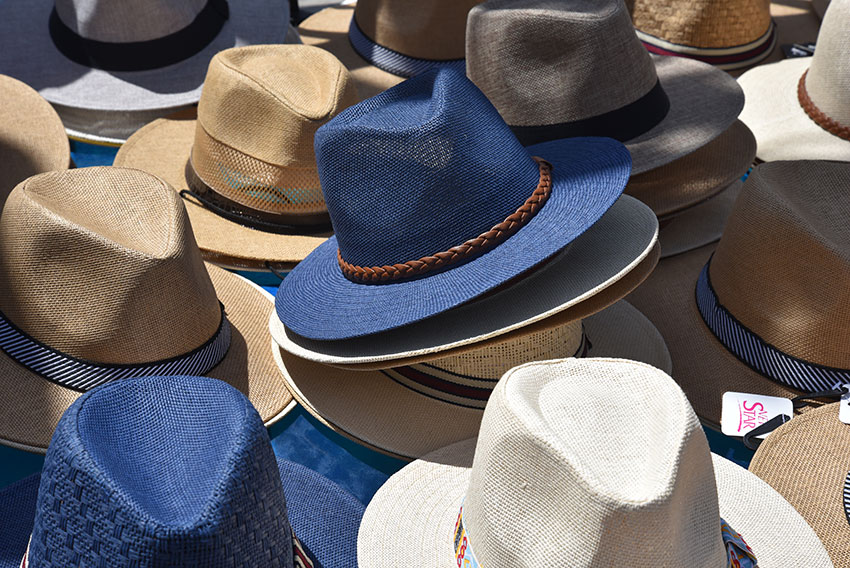
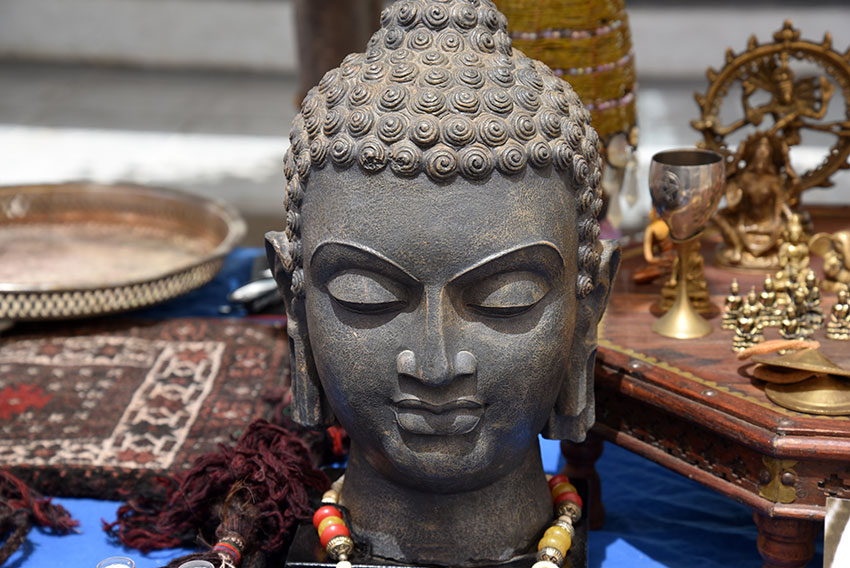

- The market takes place every Thursday from early morning until 2pm, although some stalls close at 1.30pm.

